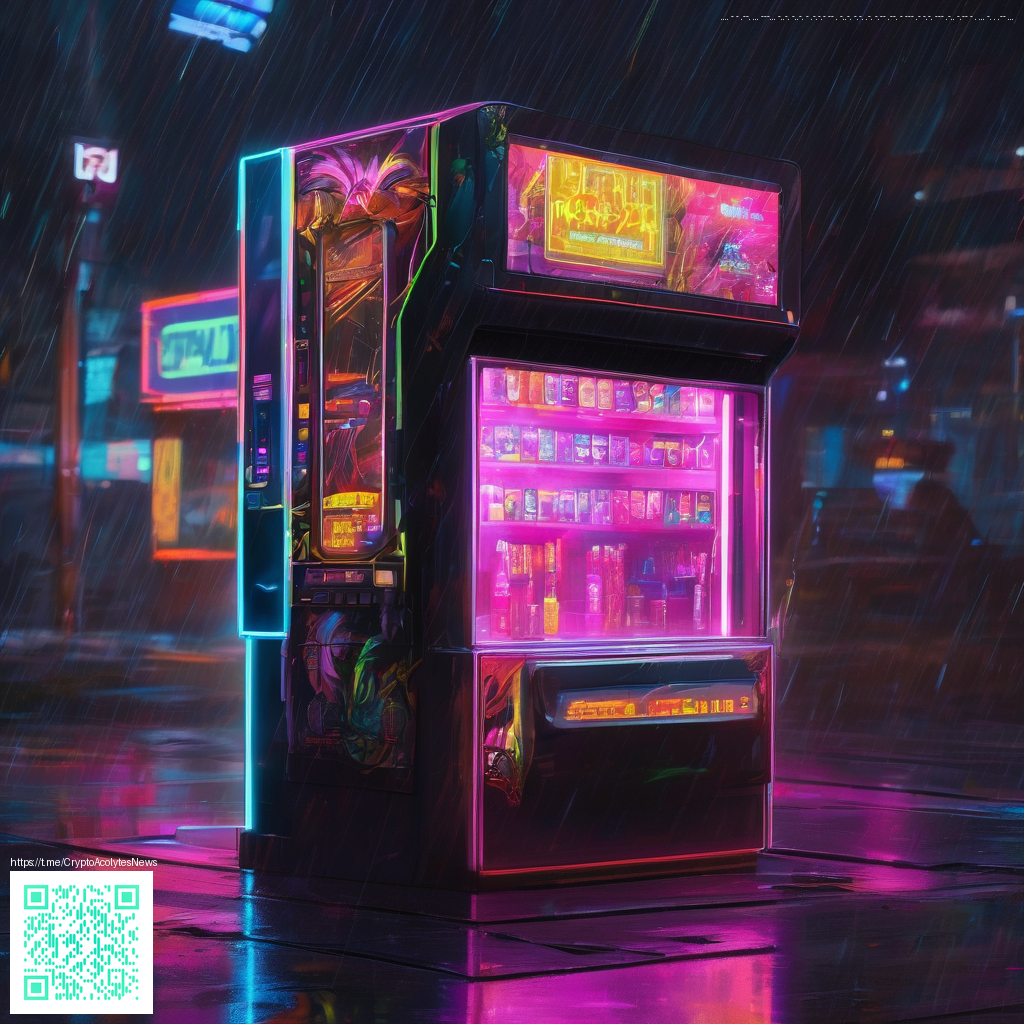
A Quiet Yet Brutal World: The Haunting Atmosphere of Fatal Frame II
Fatal Frame II: Crimson Butterfly draws players into a world where silence talks as loudly as any scream. The game’s atmosphere isn’t built on loud scares alone; it’s a slow burn of sensory cues—rustling leaves, the metronomic click of a distant shutter, and the uneasy embrace of fog-wreathed corridors. If horror thrives on expectation, this title turns expectation into a living character. Its haunting mood lingers not just in what you see, but in what you cannot unsee after you’ve turned a quiet corner and found the camera obscura your only friend and judge.
The Soundscape as a Narrative Force
The audio design is a quiet revolution. Subtle creaks, wind-whistled notes, and the soft thud of footsteps create a psychological space where fear isn’t a scream but a suggestion. The soundtrack doesn’t chase you; it slows you down, forcing you to listen as much as you look. In this space, the player becomes acutely aware of every breath, every rustle of fabric, every vibration that travels through the controller in your hands. This is how immersion happens: when sound and sight work in tandem to fold the world into a living, breathing environment.
“In Crimson Butterfly, fear isn’t a jump scare; it’s a feeling you carry through the corridor long after you’ve saved your game.” — a longtime observer of horror game design.
Visual Language: Light, Color, and the Spectral
The visuals lean into a restrained palette—cool blues, damp grays, and the rare crimson heartbeat of the butterfly motif. Light behaves like a rumor: a glimmer in a doorway, a pale reflection on wet stone, or a candle’s flicker that reveals a silhouette just for a beat. This careful choreography makes encounters with the camera-wielding ghosts both intimate and terrifying. The art direction wires the player’s gaze into a loop: you search for clues, the clues reveal the unseen, and the unseen confirms your deepest dread.
Mechanics That Enhance the Moment
Crimson Butterfly gives you a tool that is both lifeline and instrument: the camera. This item doesn’t merely document the horror; it becomes a means to assert agency in a world that constantly shifts the ground beneath your feet. The interplay between aiming, timing, and the limited resources available for capturing apparitions creates a tension that extends far beyond scripted scares. It’s a methodical, almost meditative rhythm—one that rewards patience, precision, and a willingness to slow down in a genre that often prizes speed.
- Environment as antagonist: corridors that seem to close in when you’re most vulnerable.
- Ghost encounters that reward calm analysis: you must observe before you act.
- Minimal HUD: the game’s visuals stay pristine, but your awareness becomes the primary guide.
For players who like a practical companion during late-night gaming sessions, a sturdy device case can prove unexpectedly helpful. Consider the Phone Case with Card Holder - Impact Resistant Polycarbonate. It’s not directly part of Crimson Butterfly, but its dependable protection makes long play sessions more comfortable when you’re navigating spine-tingling moments over multiple chapters.
Collectors and scholars of the genre might also enjoy a related resource that sits alongside the game’s atmosphere. For a companion read that broadens the context of haunted storytelling and interactive horror, you can explore a related page here: https://11-vault.zero-static.xyz/fb5cc17c.html.
The best horror experiences don’t just scare you; they alter the way you move through space and time. Crimson Butterfly achieves that through a patient, deliberate artistry that invites reflection as much as fear.